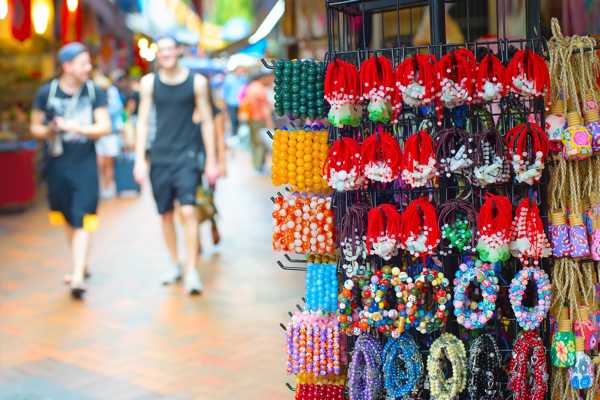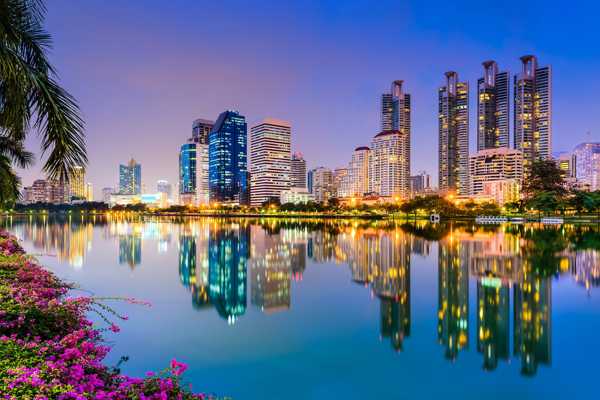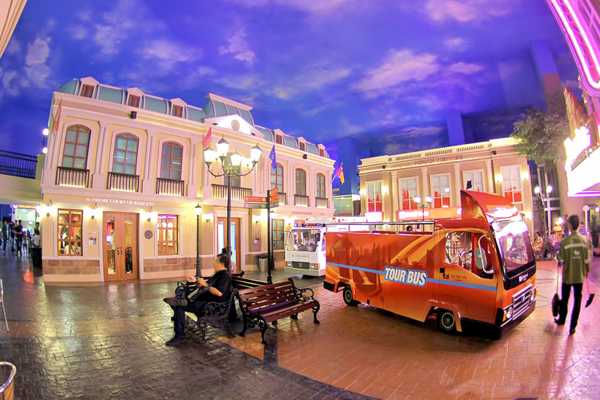The Royal Barges Museum is where you can discover 8 of the country's most unique and stunning vessels: the Royal Barges. These boats a reserved for auspicious ceremonies and state occasions like the very rare Royal Barge Procession, and have only made an appearance on the water about 16 times in the last 65 years.
Each is carved from huge pieces of teak, their prows engraved with mythical creatures, gilded in gold and intricately decorated with tiny shimmering pieces of glass. Rowed by up to 50 specially trained oarsmen, the boats leave their dry dock at festival times and important state occasions for spectacular processions along the river.
Royal Barges Museum in Bangkok - one of the highlights of 30 Great Museums in Bangkok and 10 Best Things to Do in Thonburi (Read all about Bangkok here)
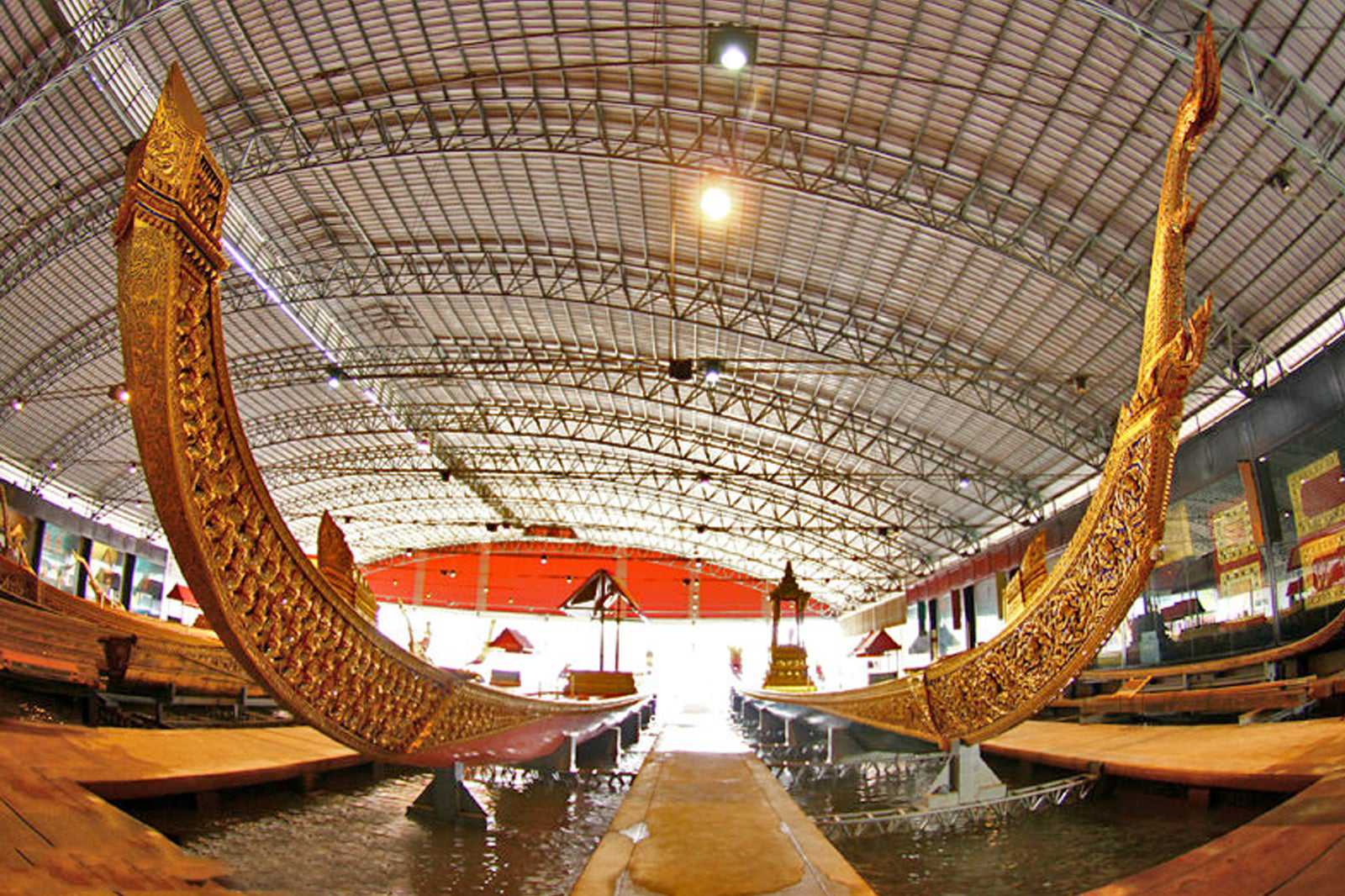
The Royal Barges
There was a time in Bangkok when the Chao Phraya River and its tributaries were the most important avenue of communication and boats the main mode of transport for all, even royalty.
Each of the 8 royal barges has a sign indicating the name, the year of construction or renovation, and the size of crew required to operate it. It’s rather impressive to think that the largest and most important vessel, named Suphannahonse, is 46 metres long and needs 50 oarsmen and 14 crew members!
During Thailand's turbulent history, the barges were often damaged or partly destroyed by bombings or fire. All around the building, photos and illustration are displayed showing past processions and the remains of previous vessels as well as the techniques used to operate the barges.
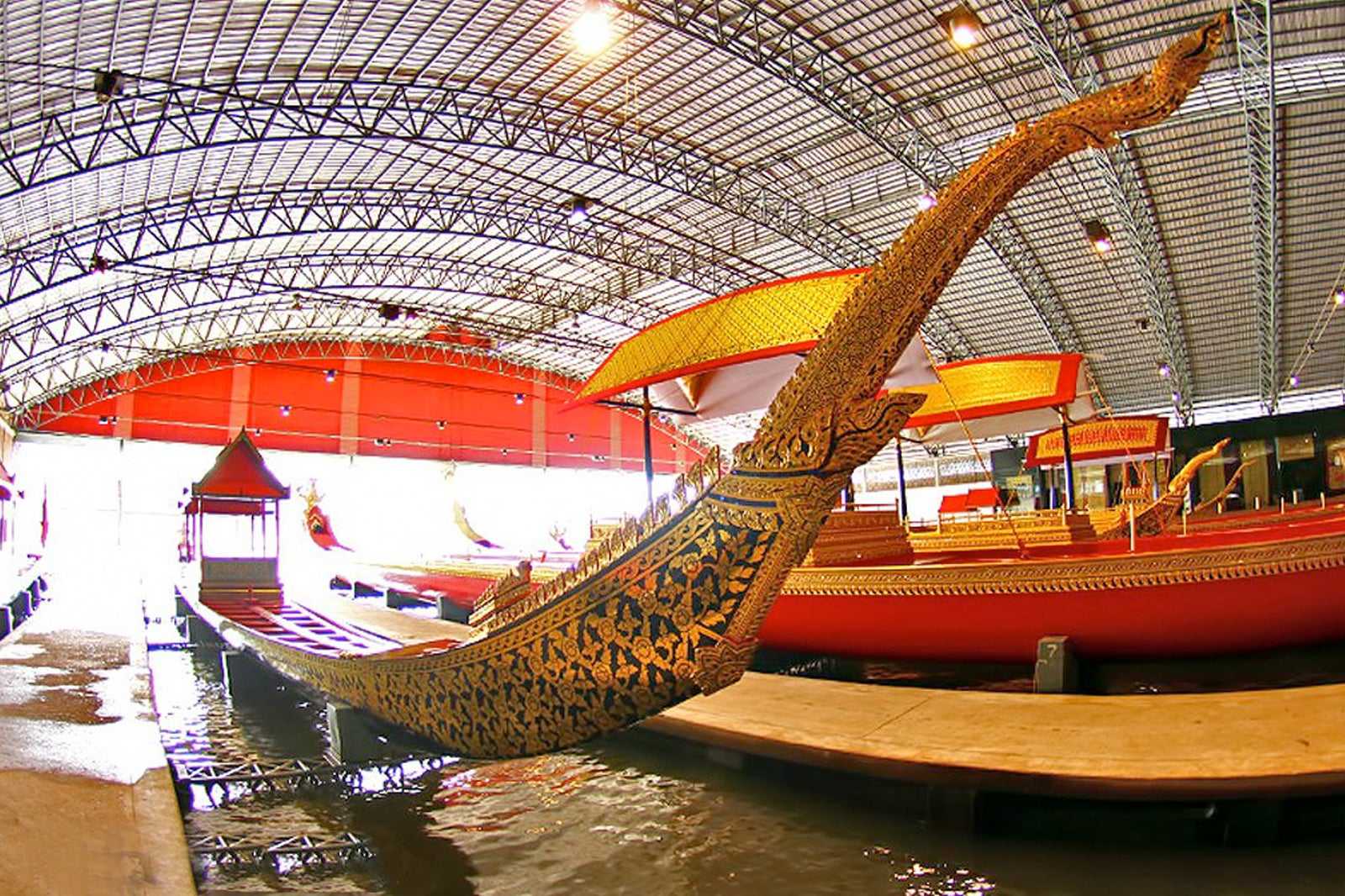
The most beautiful golden barges are stored under a huge roof and only leave their shelter for special occasions. The entire fleet can count up to 50 barges. The 40 other boats are more discreet in appearance, usually with dark wood bodies with a colourful mythical dragon painted on the prow.
These other barges are visible in a separate warehouse near the bridge. Given that the procession doesn't happen very regularly, you’ll have to be lucky to catch the boats on the river. Even so, the advantage of the museum is you get to see them up close.
The warehouse sheltering the barges is usually very hot, so don't miss a fun little bar called 'We Have Soft Drink', offering a nice break before walking back. The people there are very friendly and speak great English and they'll be happy to give you information about the area.
You can easily find the Royal Barges Museum on the Thonburi side of the river, not far from Phra Pin Klao Bridge. Note that the barges might not be in the museum during or in preparation for the special ceremonies.
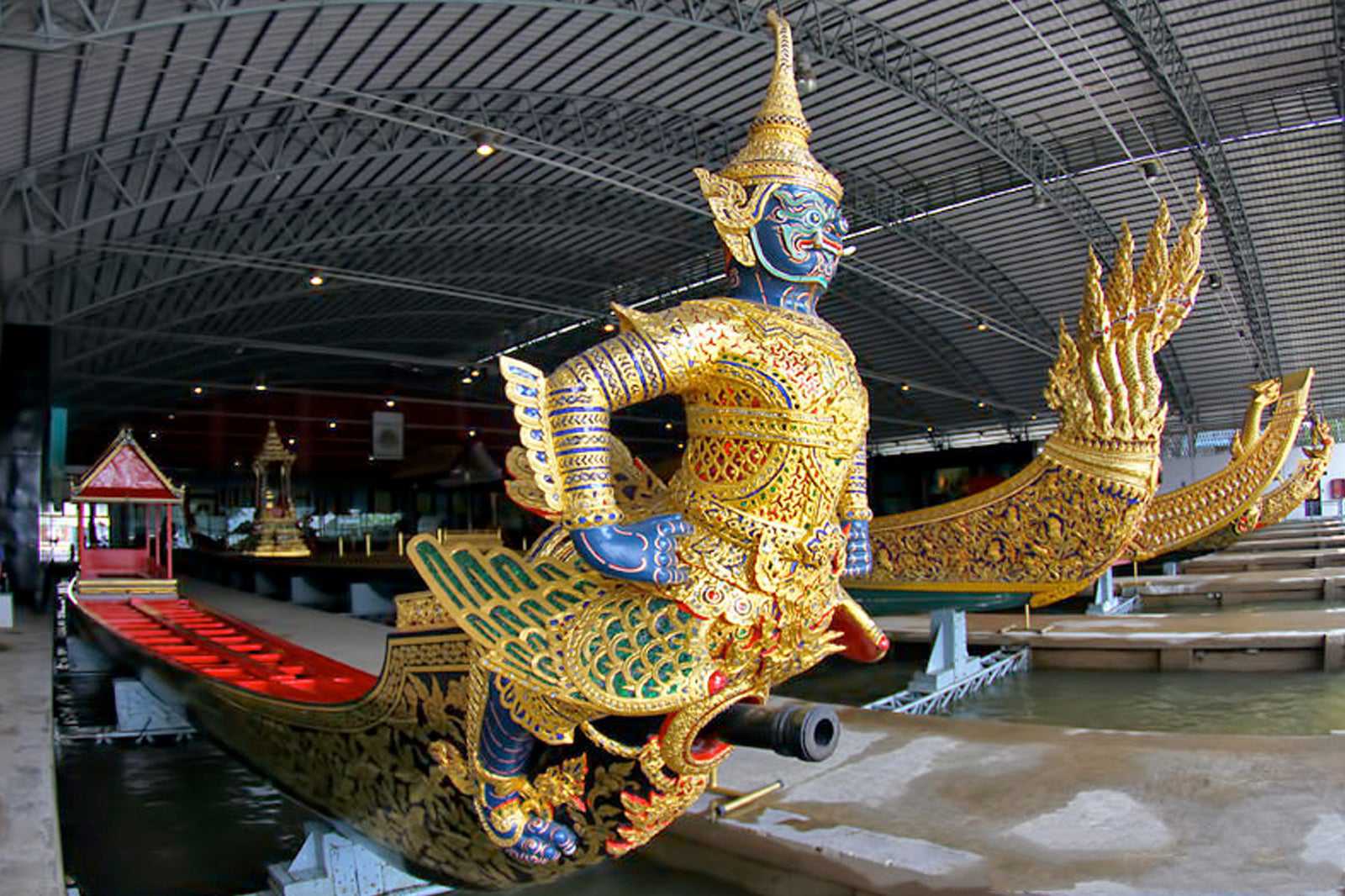
How to get to the Royal Barges Museum
The Museum is located on the banks of a klong (canal) connected to the main Chao Phraya river, and there are 2 ways to get there. The best way is to board the Chao Phraya Express Boat to Wang Lang Pier (N10), then it’s a short walk to the museum. Alternatively, hire a long-tail boat to tour the Bangkok waterways and include the Royal Barges Museum in your itinerary.
The other way is by land, but it’s quite a tricky itinerary. You’ll need to cross the Phra Pink Lao bridge (the one located just past the Grand Palace), then turn left and aim at the small Arun Ammarin bridge. But don't cross this one as the museum is located almost under it. Park somewhere near the bridge and you’ll easily spot some small signs pointing to the museum.
The museum itself is almost visible from the street across a small naval yard, but guards won’t allow you to cross it and you need to walk all the way through the maze behind it. The narrow and rather messy concrete path is very well indicated along the way, but it’s a bit of a trek. Once there, the entry fee is a 100 baht – another 100 baht applies if you want to take photos (or 200 baht for videos).
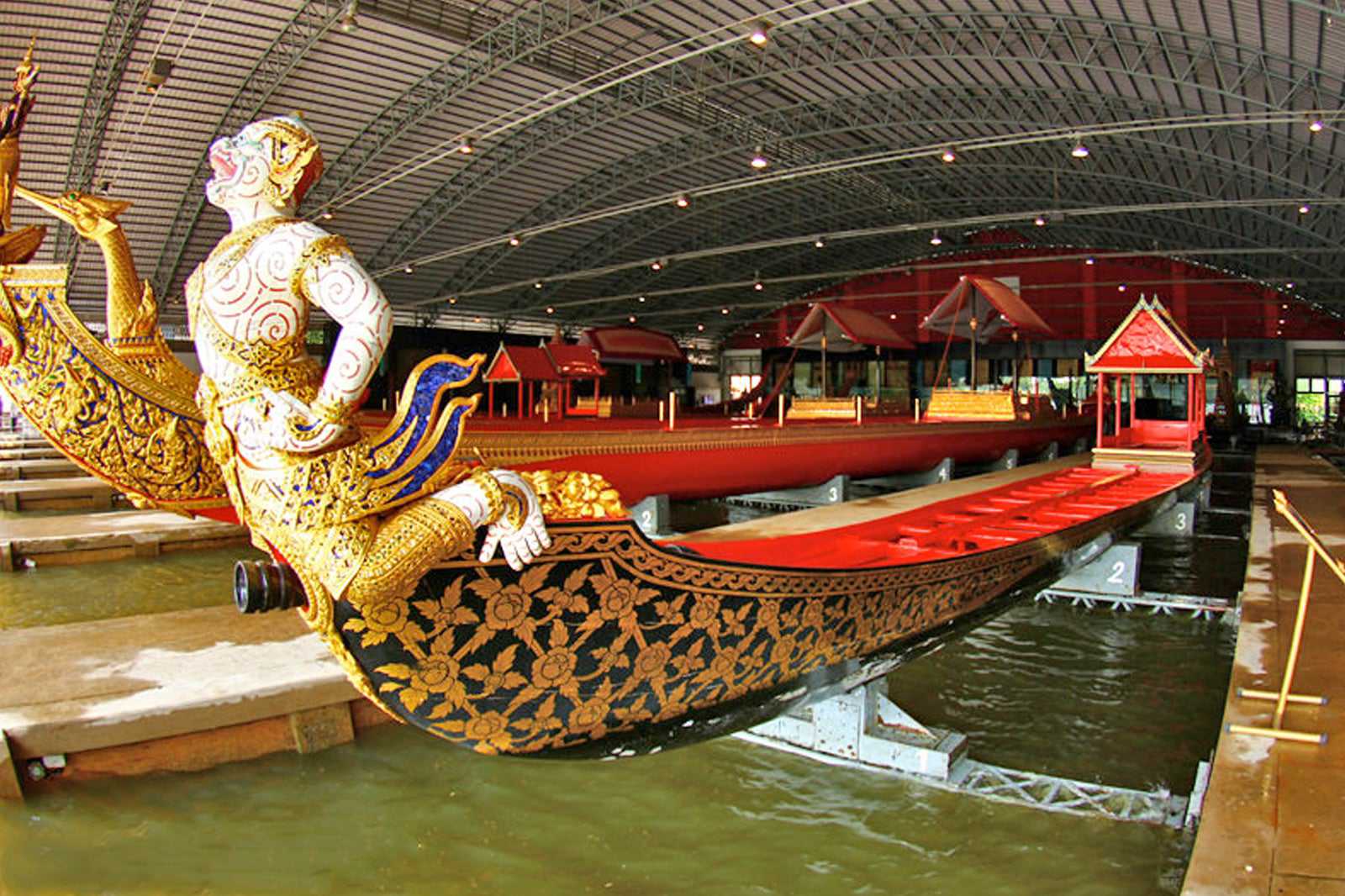
A brief history of the Royal Barge Procession
Dating back to the Ayutthaya Period, the Royal Barge Procession used to involve as many as 200 longboats in an elaborate procession undertaken by King Narai the Great to accompany a diplomatic delegation sent by King Louis XIV of France. During this period, the royal barges were used in battles, religious occasions, boat races as well as royal ceremonies. Unfortunately, these early barges were burnt to dust after Ayutthaya fell and was ransacked by the Burmese.
After King Rama I ascended the throne and established a new capital in Bangkok, he revived the centuries-old tradition and ordered the construction of new barges. Among the most elaborate and significant is the Suppanahong, with the ‘golden swan’ as the figurehead. This majestic 50-metre long vessel, carved from a single piece of teak, is considered the personal barge of the King.
The arrival of motorised boats after King Rama IV’s reign and the absence of war has limited the role of the royal barges to purely ceremonial purposes, particularly the Royal Kathin procession at the end of every Buddhist Lent. World War II and a period of political turmoil during King Rama VII’s reign had disrupted the royal barges’ service, until King Rama IX (King Bhumibol) initiated the restoration of war-damaged vessels and resumed the Royal Krathin procession which, due to the fragility of the boats, only happens for important royal occasions such as anniversaries.
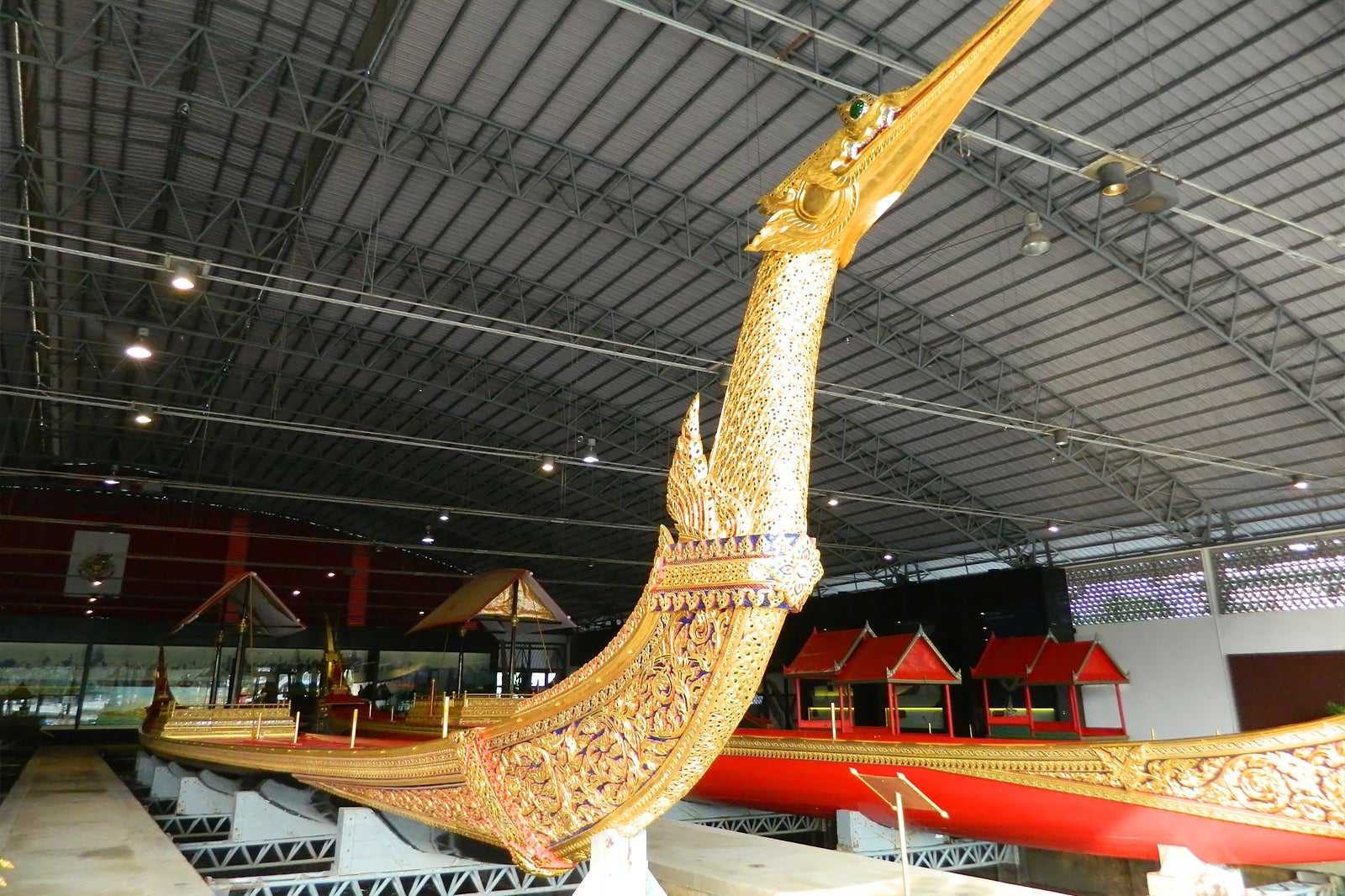
Royal Barges Museum in Bangkok
Konum: 80/1 Rim Khlong Bangkok Noi Arun Amarin, Bangkok Noi, Bangkok 10700, Thailand
Açık olduğu saatler: Daily from 9am to 5pm
Telefon: +66 (0)2 424 0004












